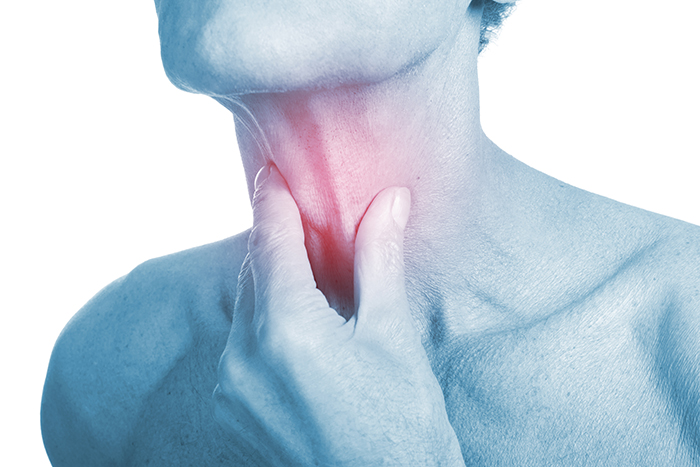0
reviews
0 out of 5 stars (based on 0 reviews)
Swallowing disorder (dysphagia)
Difficulty transporting solid or liquid food from the mouth to the stomach
Swallowing disorder (dysphagia) is a difficulty in transporting solid or liquid food from the mouth to the stomach. It is often accompanied by pain, but in some cases, swallowing may be impossible.
Dysphagia can occur at any age, but is more common in older people. The causes are different. The most common is damage to the central nervous system (e.g., stroke, traumatic brain injury) or damage to the cranial nerves (e.g., due to the development of tumors). Rehabilitation depends on the causes of dysphagia.
Signs and symptoms of dysphagia include:
- Pain during swallowing (odynophagia)
- Inability to swallow
- Feeling that food is stuck in the throat, in the chest
- Salivation
- Rapid movement of liquids or gases, from the stomach to the mouth (regurgitation) in the opposite direction to the normal direction
- Sudden weight loss
- Cough or vomiting when swallowing
Rehabilitation of dysphagia depends on the type of swallowing disorder. Traditional
management includes:
- Swallowing force training
- Speech therapy training
- Thermal and tactile stimulation
- Therapeutic maneuvers Mendelson, Masako, Shaker
- Stimulation of the n. Olfactorius
- Transcutaneous electro neuro stimulation (Vital Stim)
- Transcranial magnetic stimulation


You may also be interested


There are no reviews yet. Be the first one to write one.